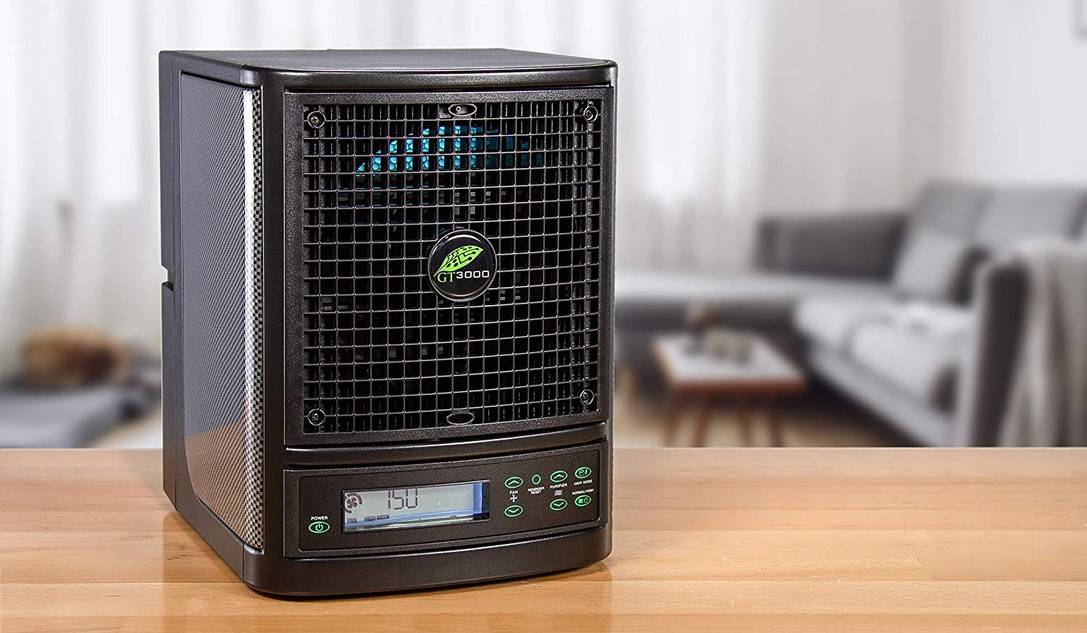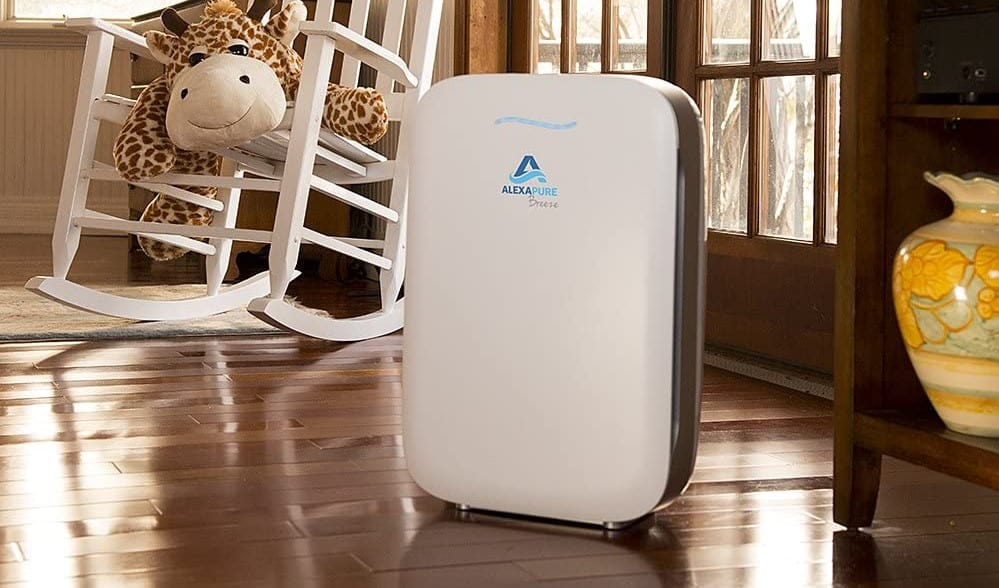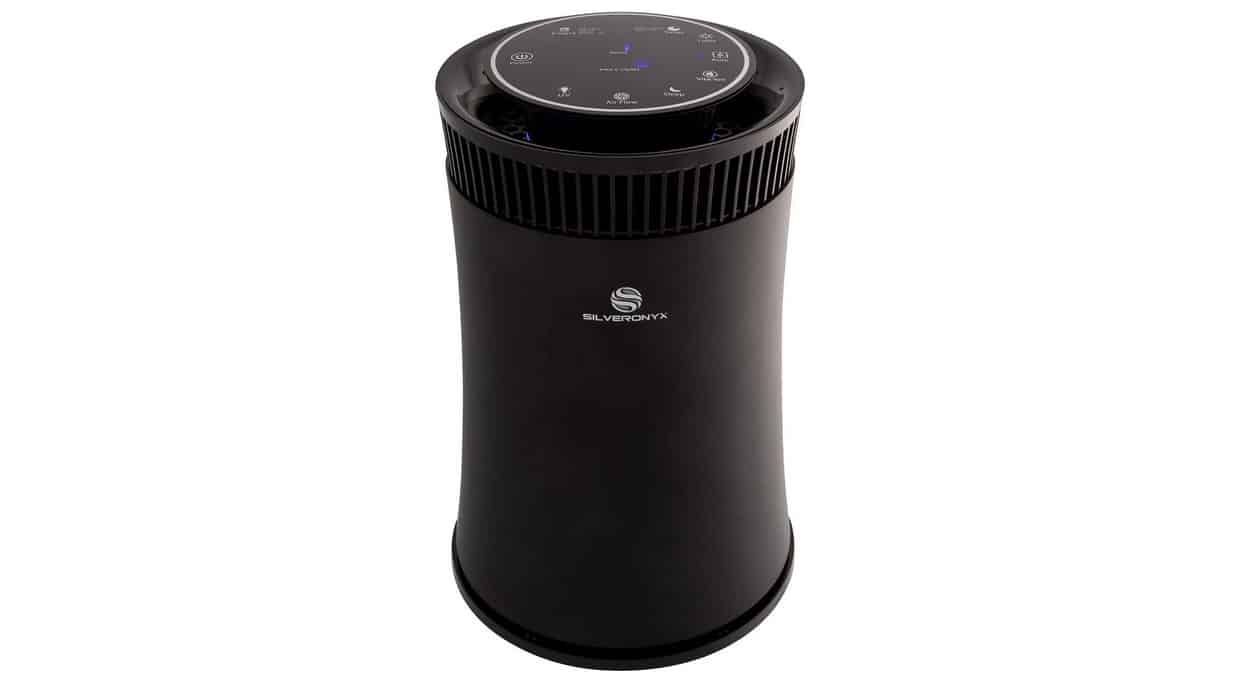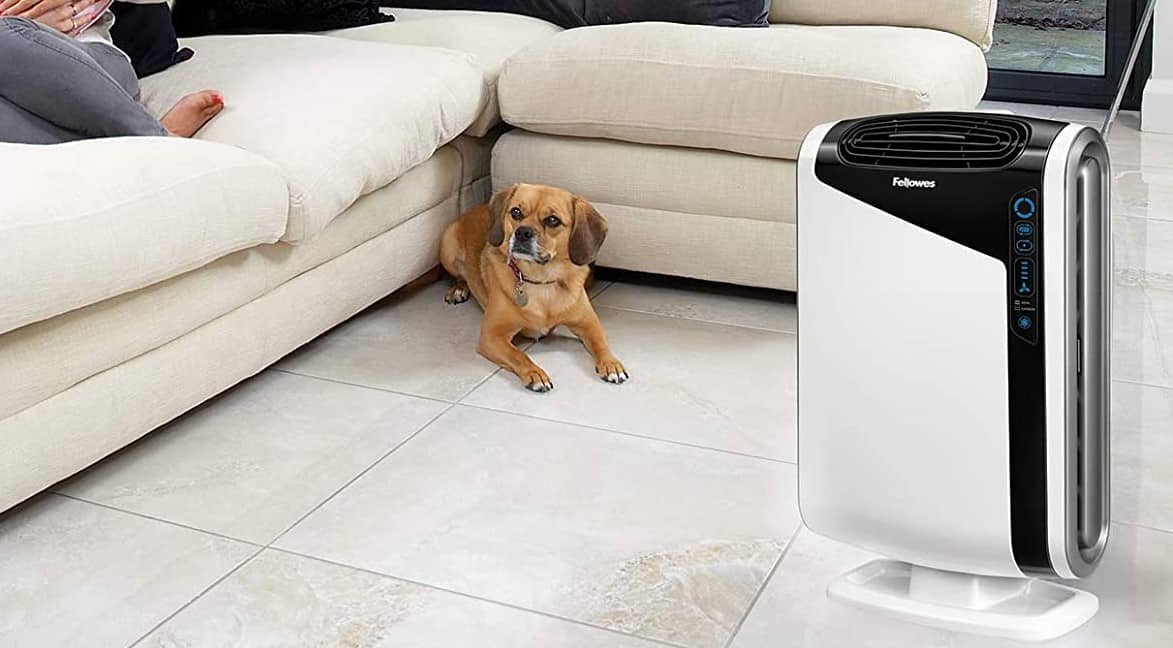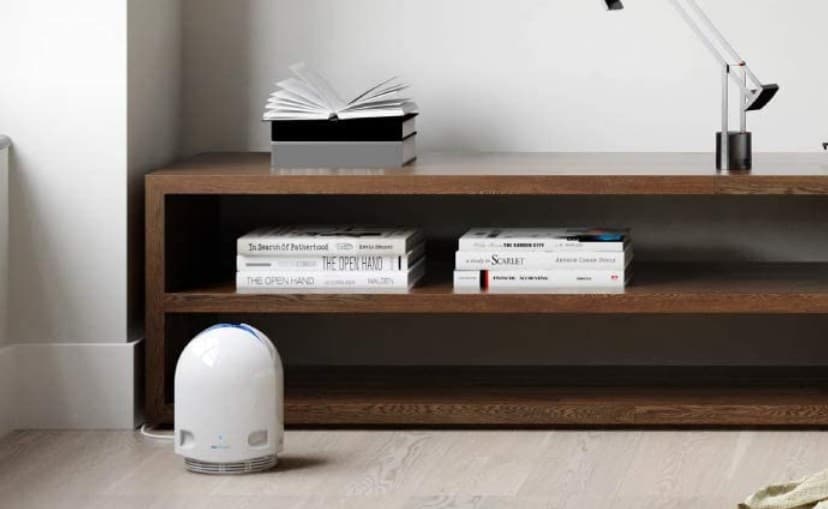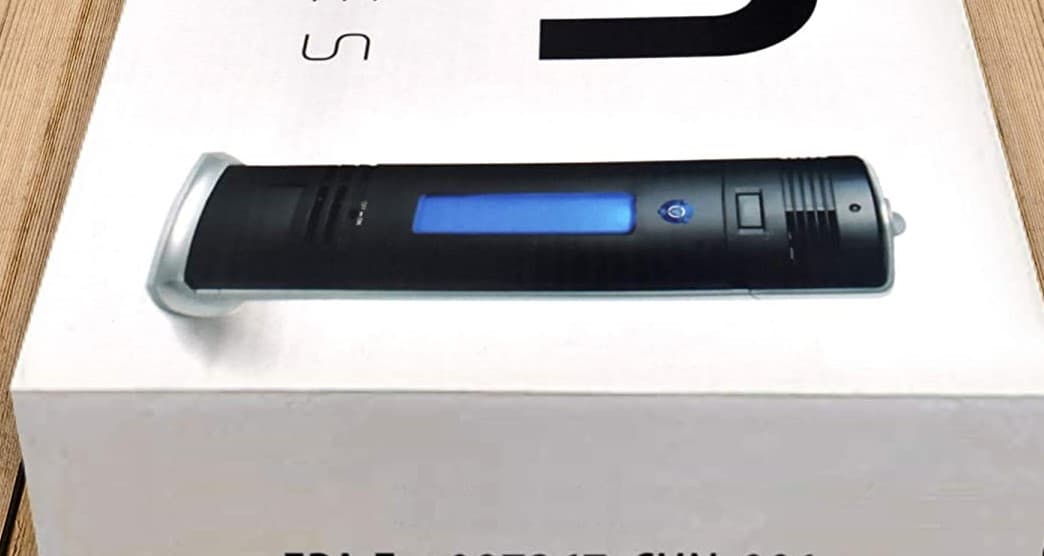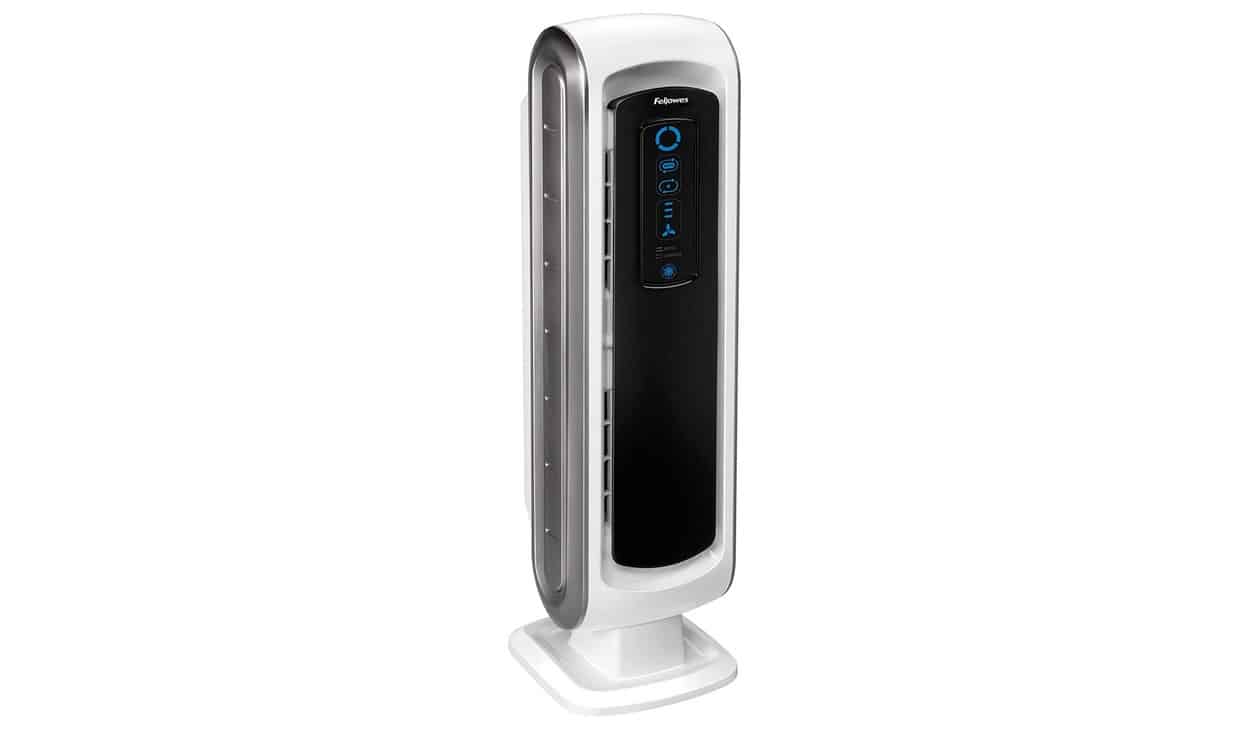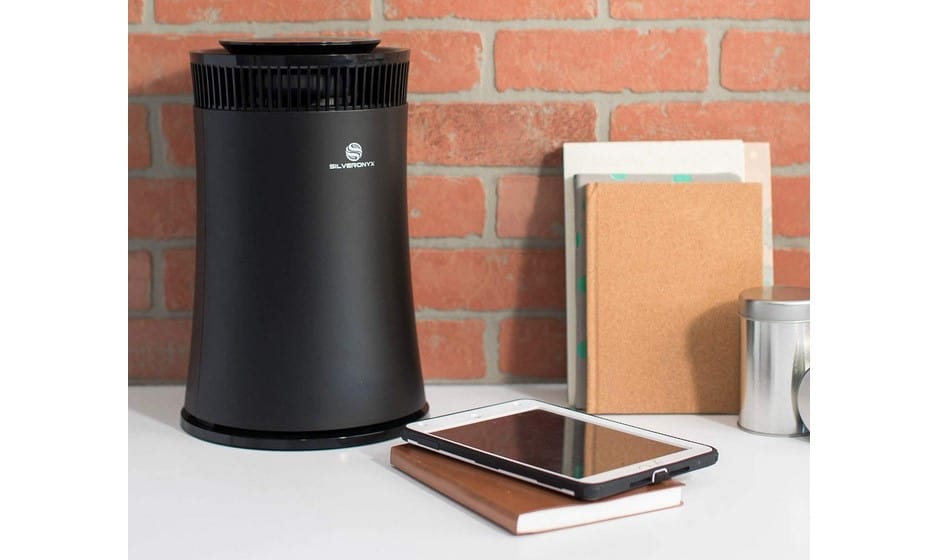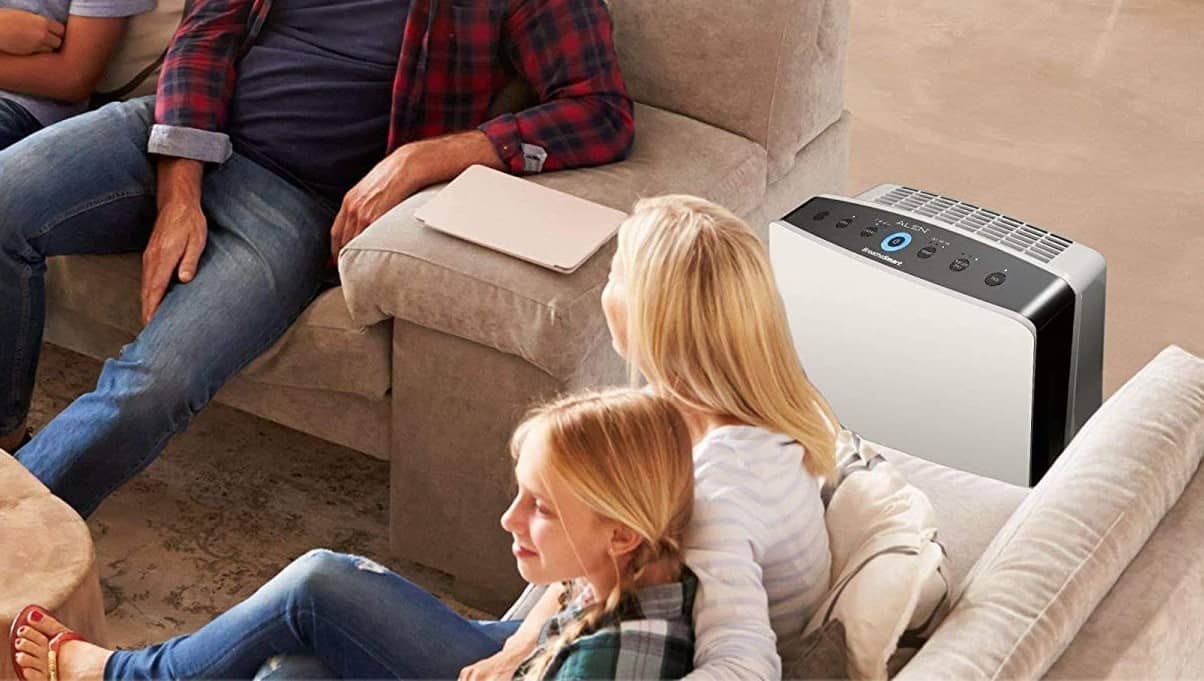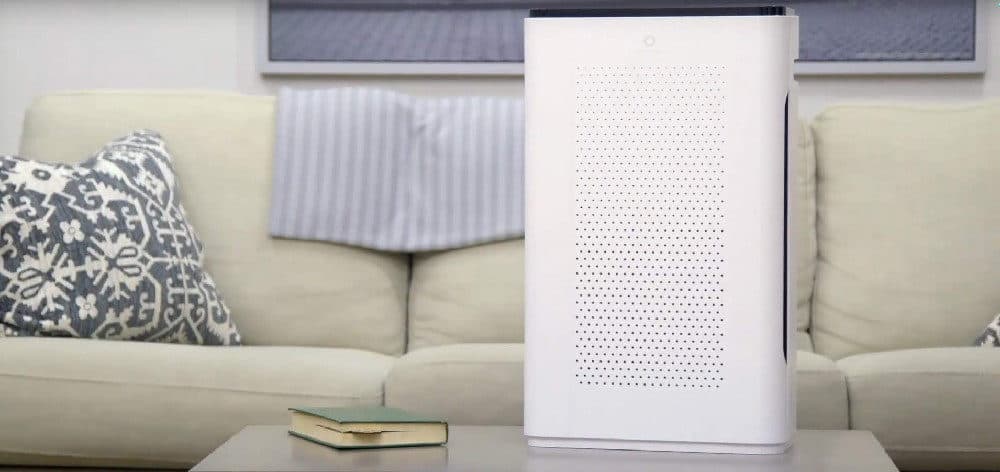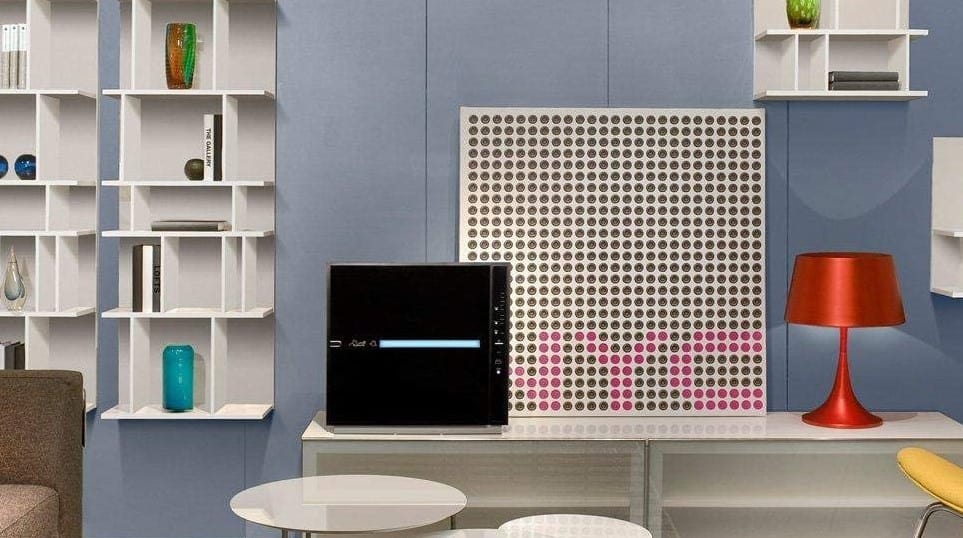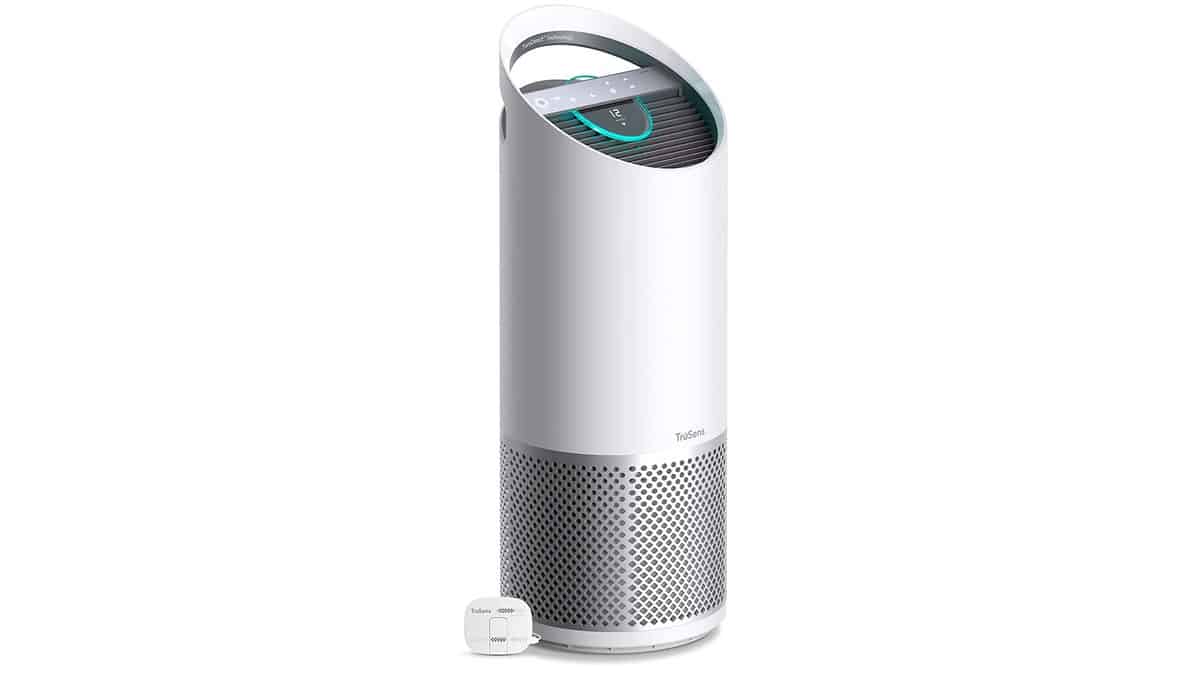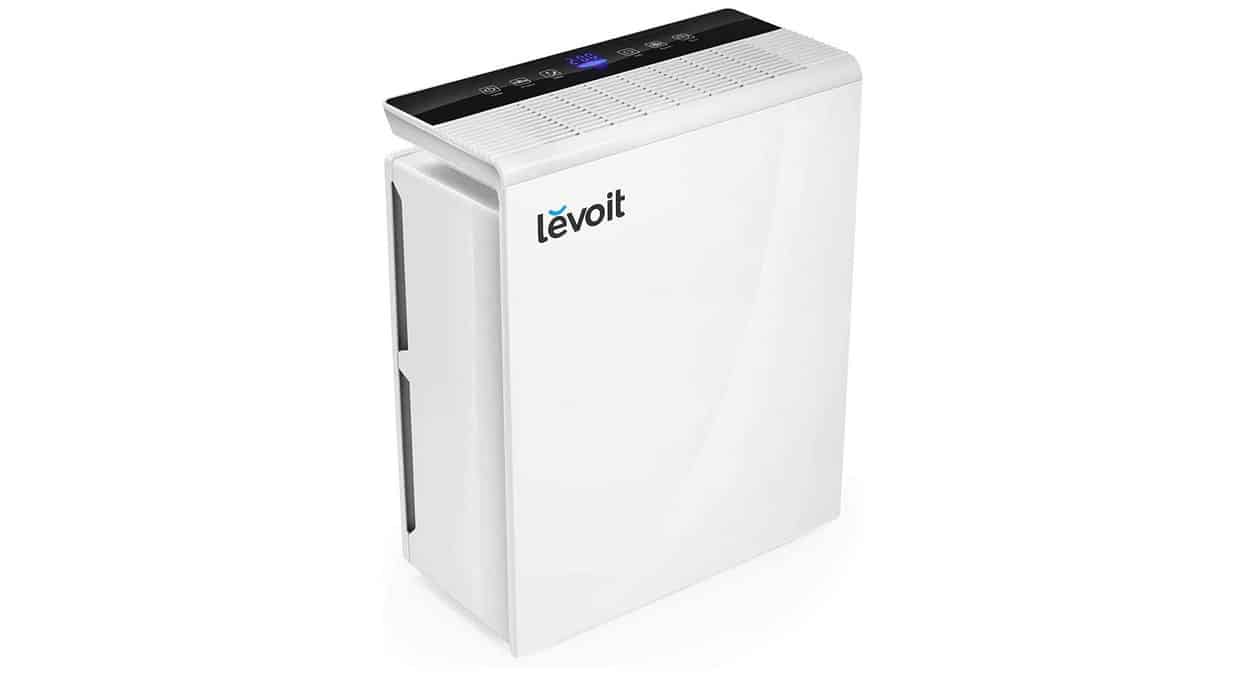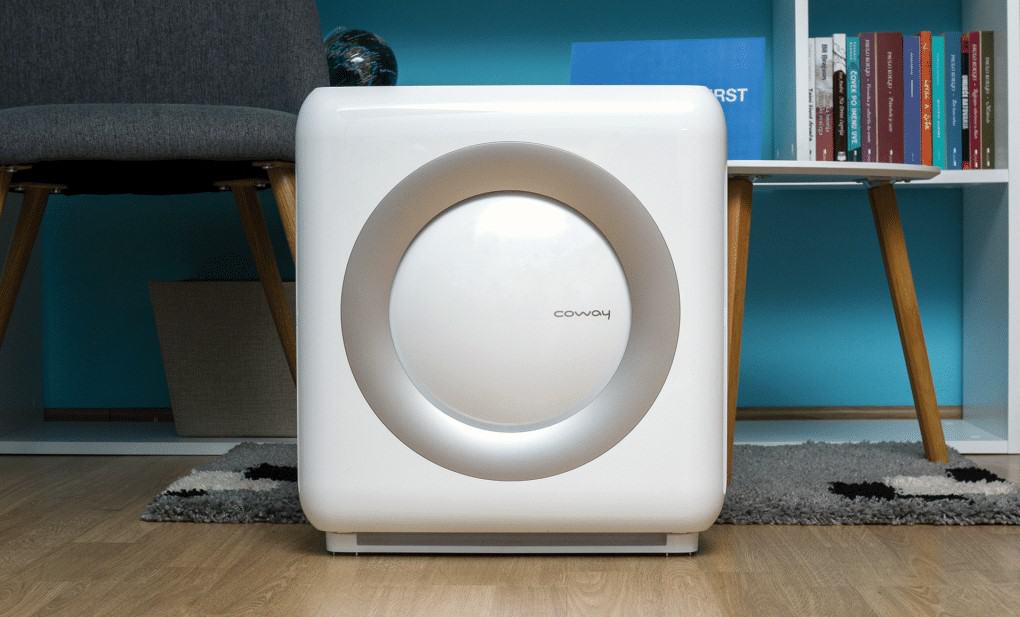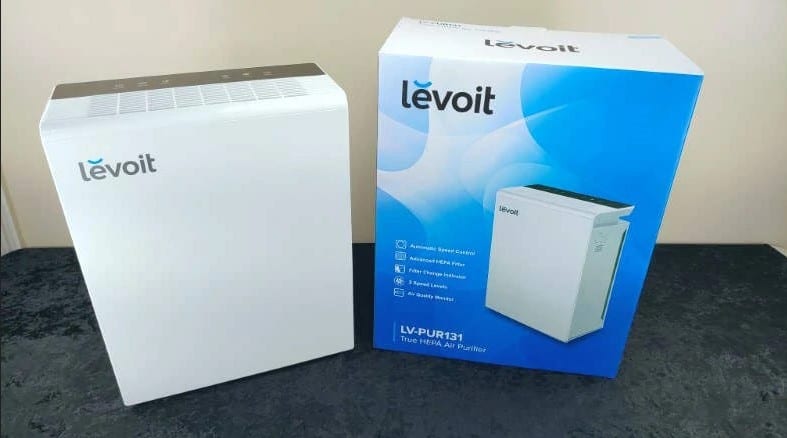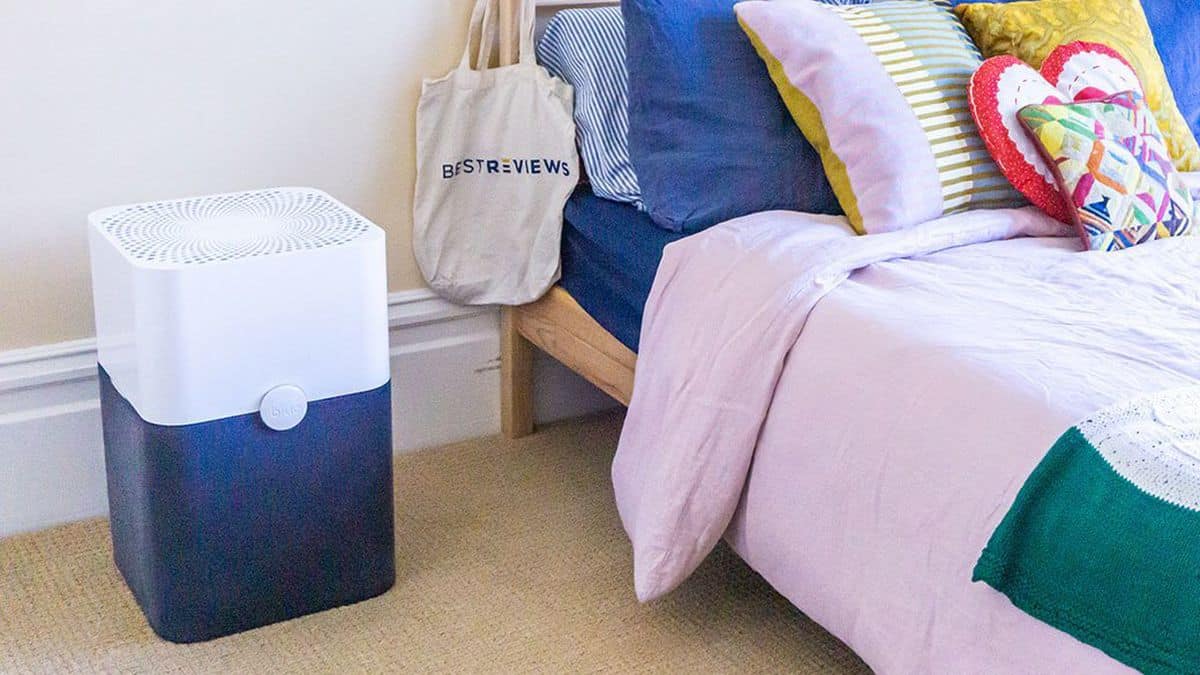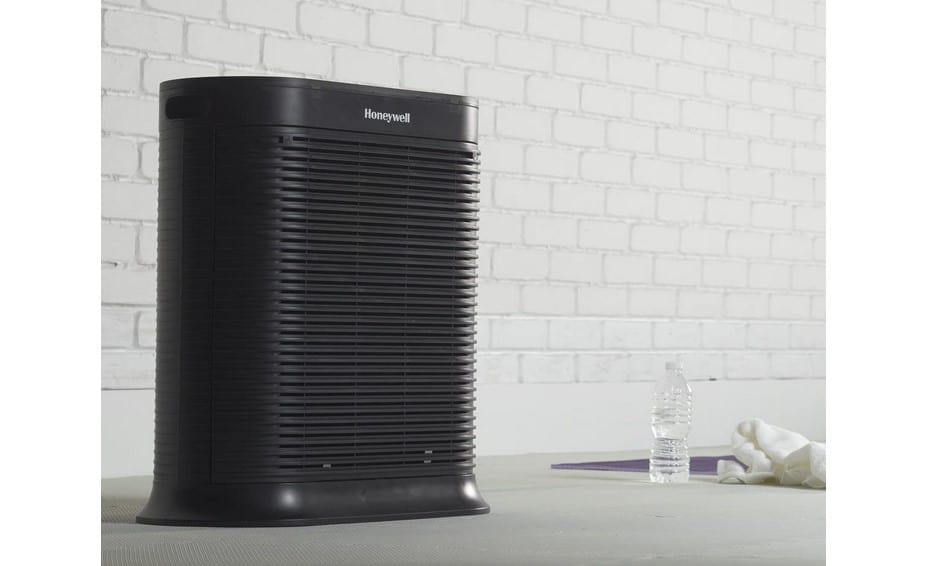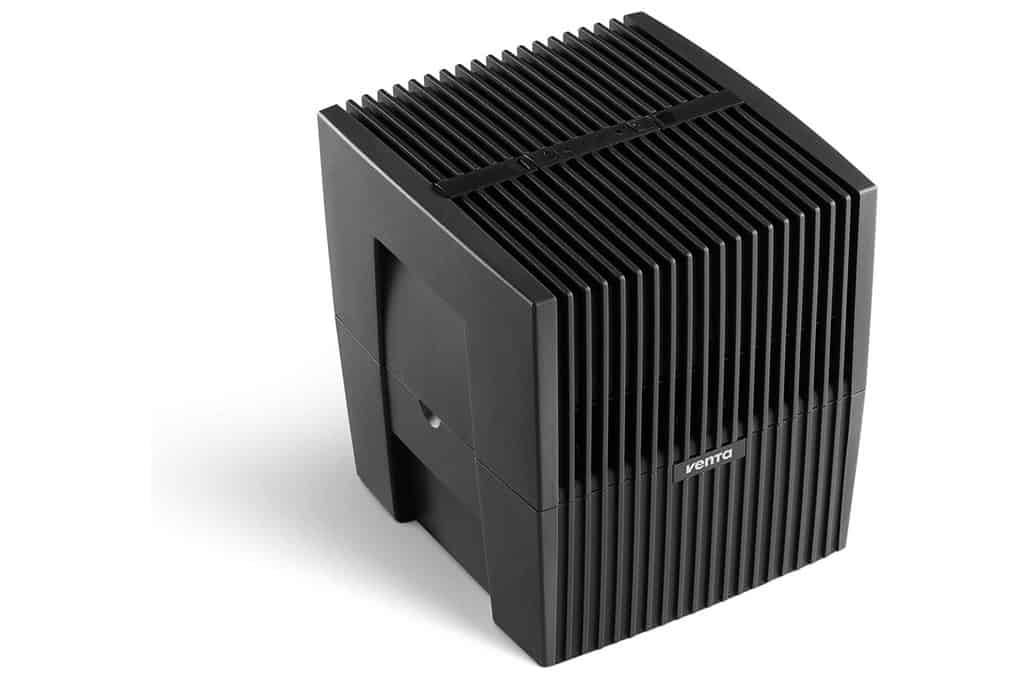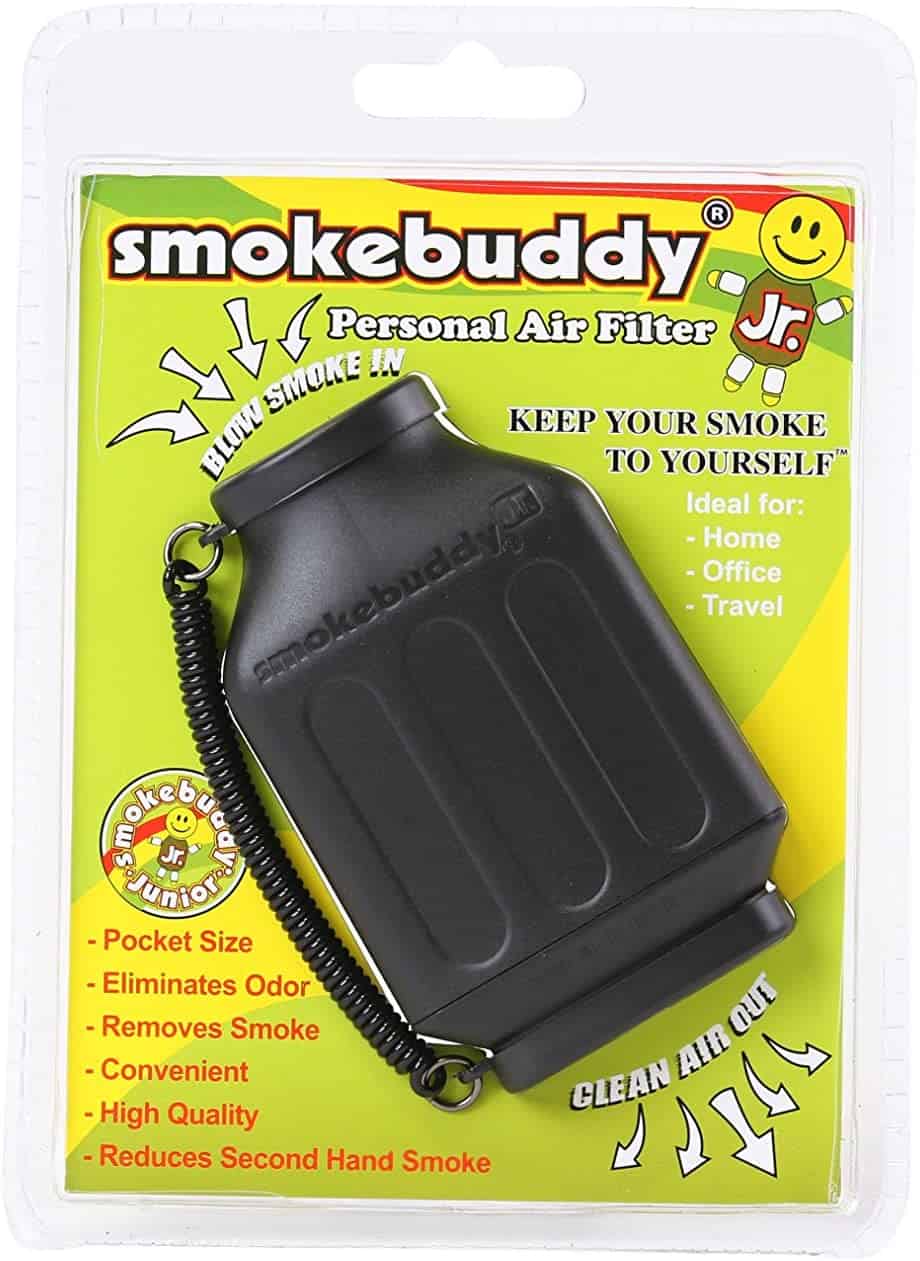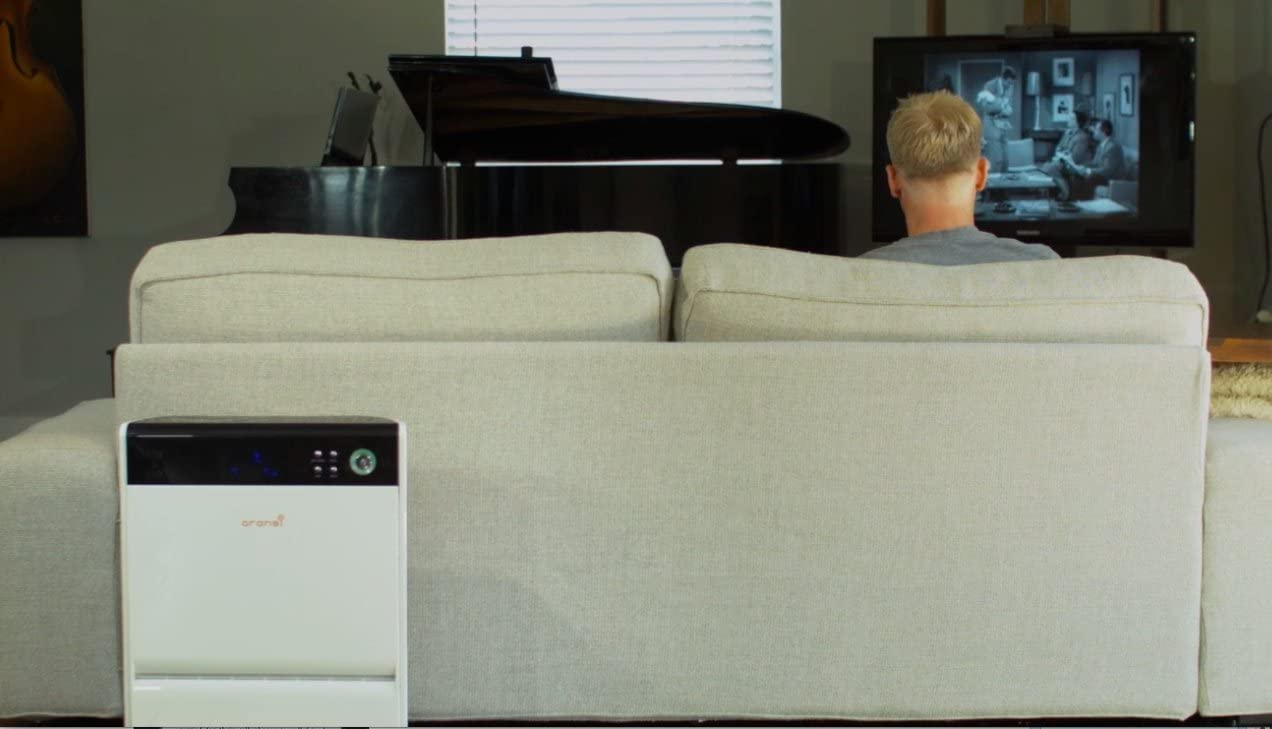There are a whole lot of different types of high-quality air purifiers out there. During your research, you may have encountered the term ionic air purifier, which could make you wonder how to use an ionic ozone air purifier. That’s where we come in. You may also wonder what the ozone is in an air purifier, if personal air purifiers work the same as tabletop ones, and how to replace ozone plates on an air purifier. There’s a lot to learn about concerning air purifiers.
KEY TAKEAWAYS:
- Ionic air purifiers release negatively charged oxygen ions into the, which bond to airborne pollutants.
- These purifiers can drag pollutants to the ground, so we recommend vacuuming after use.
- Try not to run these purifiers continuously, as they do release trace amounts of ozone during use.
What is an Ionic Ozone Air Purifier?
Traditional HEPA-style air purifiers, unlike the AirTamer A315 or A320, work by pulling in air from its surrounding environment, whereupon that air is filtered by an integrated air filter. Ionic air purifiers use a completely different methodology to purify the air. Ionic ozone purifiers release negatively charged ions into the air, which seek out air pollutants, bonding to them and drawing them into the purifier where they are filtered or destroyed. You can also read this guide to know how to use and
Insider Tip
Ionic ozone purifiers release negatively charged ions into the air, which seek out air pollutants, bonding to them and drawing them into the purifier where they are filtered or destroyed.
How to Use an Ionic Ozone Air Purifier
Here are some general tips to help you make the most out of an ionic ozone air purifier, so you can keep the air in your home fresh and free from nasty pollutants. Some of them are also general tips on how to use an air purifier. Another tip includes installing a whole-house air purifier, as well as a comparison mashup of filter vs filterless air purifiers.
Keep Them Away From Walls
You will want to be careful when it comes to placing an ionic air purifier in a room. We recommend keeping ionic purifiers several inches from any walls or related obstacles to get the most out of the air purifier. If an ionic air purifier is too close to a wall, many of the released ions may just hit the wall and be destroyed or neutralized before they do their job. Just be cautious of your surroundings when using one of these purifiers.
Insider Tip
We recommend keeping ionic purifiers several inches from any walls or related obstacles to get the most out of the air purifier.
Be Sure to Regularly Vacuum
Ionic air purifiers send out negatively charged oxygen ions that bond to airborne pollutants, significantly increasing their weight. Some of these particles may be pulled back into the machine to be filtered or destroyed, but some may simply fall to the ground. You should make a habit of vacuuming your floors after using your purifier. This will ensure you will suck up any potentially hazardous particles that did not get pulled into the air purifier.
Do Not Run These Purifiers Continuously
While HEPA-based air purifiers can and should be run continuously at a low setting, the same cannot be said for ionic air purifiers. These air purifiers release trace amounts of ozone into the air, so you will want to minimize exposure by being selective as to when you use one of these models. Ozone can worsen respiratory ailment symptoms.
Additionally, you can use the hybrid magic clean air purifier that comes with a filter containing HEPA, activated carbon, and an ionizer.
F.A.Q.
Are ionic air purifiers (ionizers) safe or bad for your health?
Generally speaking, they are safe, despite a public outcry in the 1990s. Ionic air purifiers do release trace amounts of ozone into the air, which can worsen asthma symptoms in high quantities. The level of ozone released by these purifiers tends to be within normal parameters.
What are the side effects of ozone exposure?
The primary side effect of ozone exposure is a worsening of symptoms related to a variety of respiratory ailments, including asthma. People with respiratory ailments could experience shortness of breath or chest pains.
What is ozone?
Ozone is a colorless gas that naturally occurs in our atmosphere. It helps protect the Earth from cosmic radiation, though it can be unhealthy to breathe in for certain people.
STAT: The Environmental Protection Agency (EPA) found that the average American spends close to 90 percent of their time indoors, and this environment’s air is typically 2 to 5 times more polluted than that of outside air. (source)
REFERENCES:
Warning
If an ionic air purifier is too close to a wall, many of the released ions may just hit the wall and be destroyed or neutralized before they do their job.

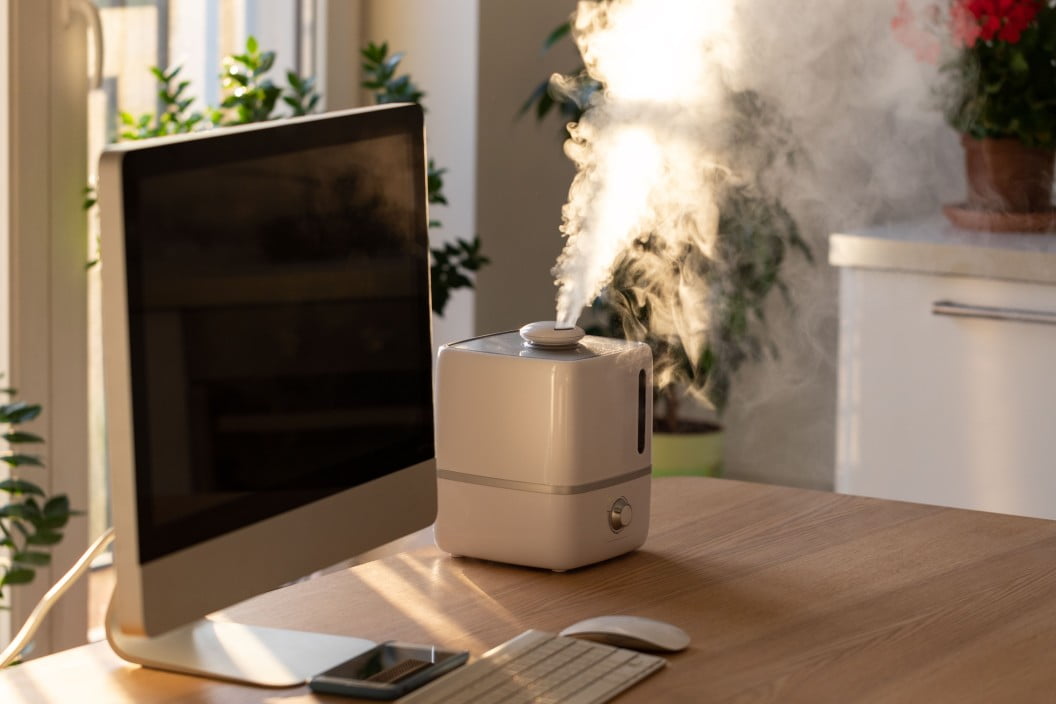













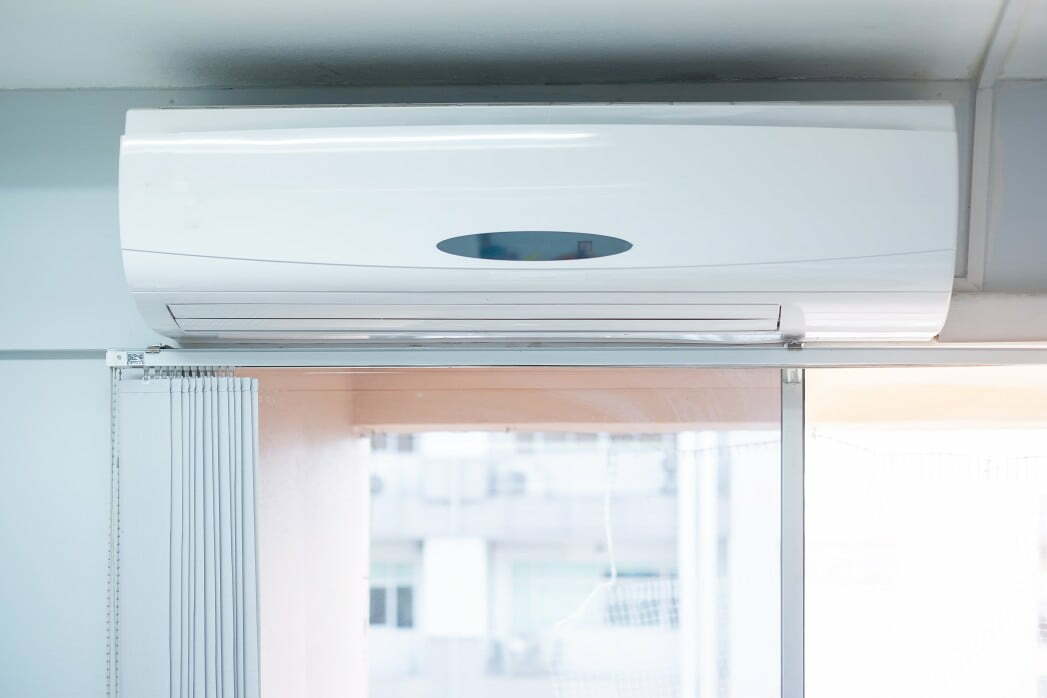
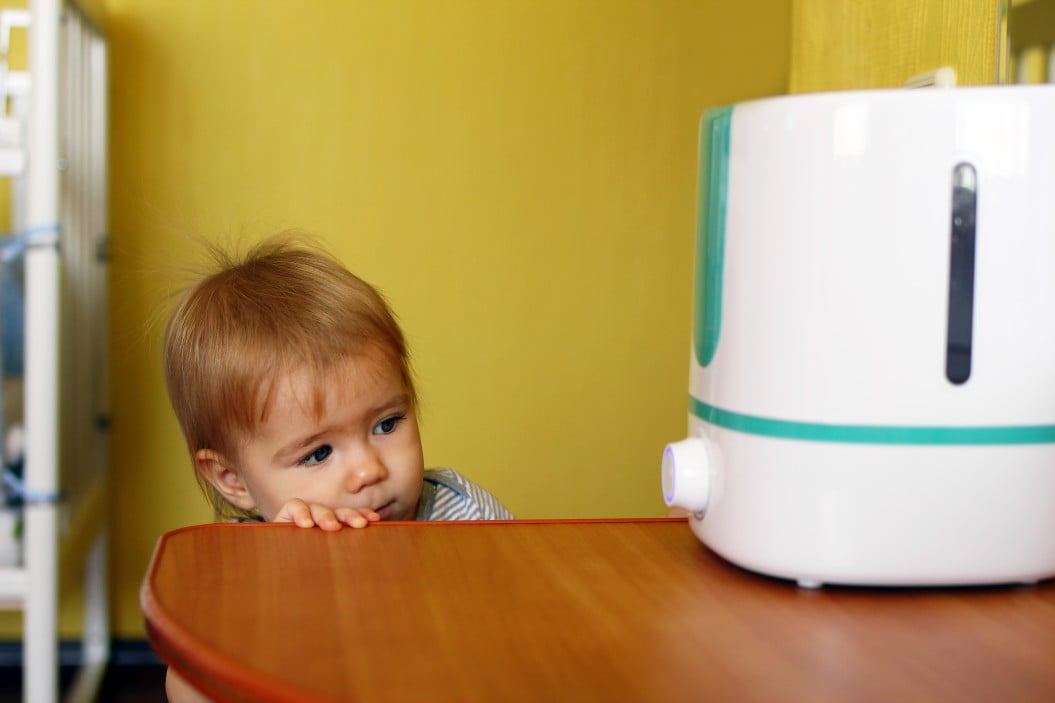
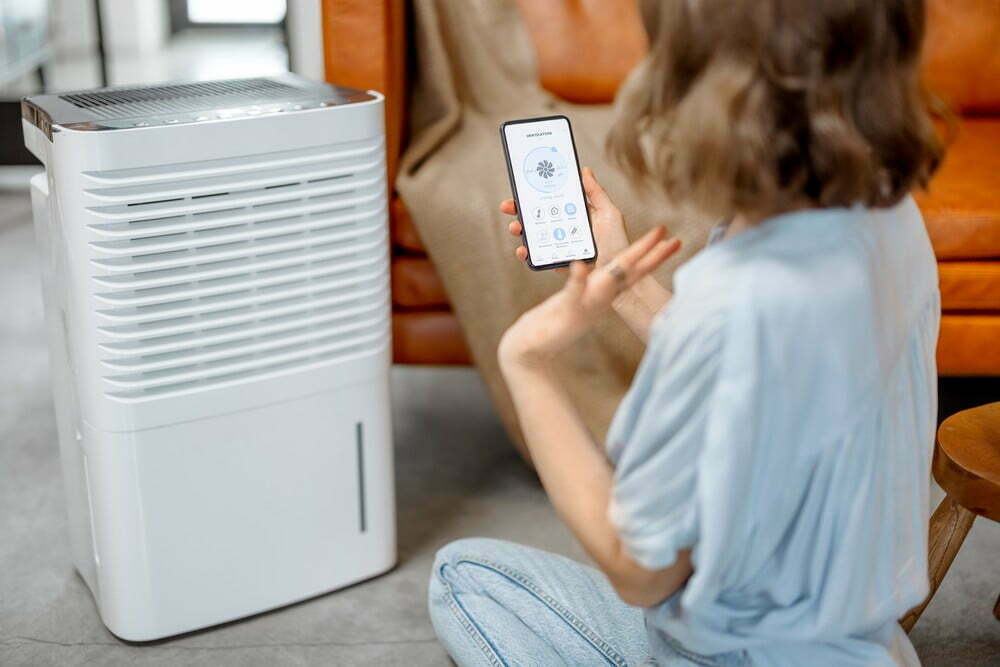
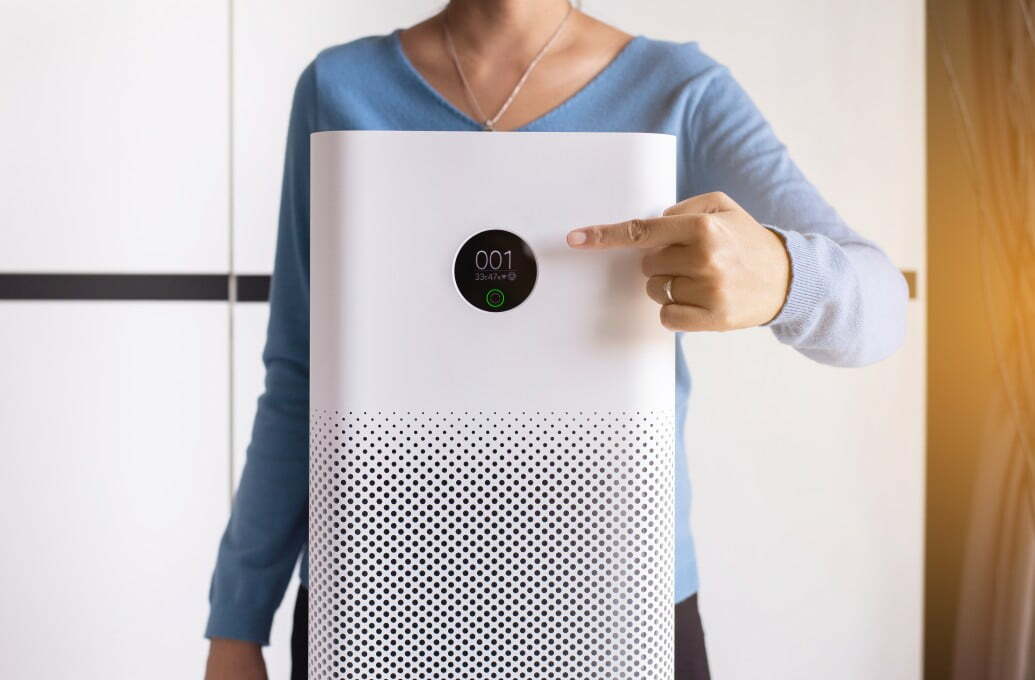
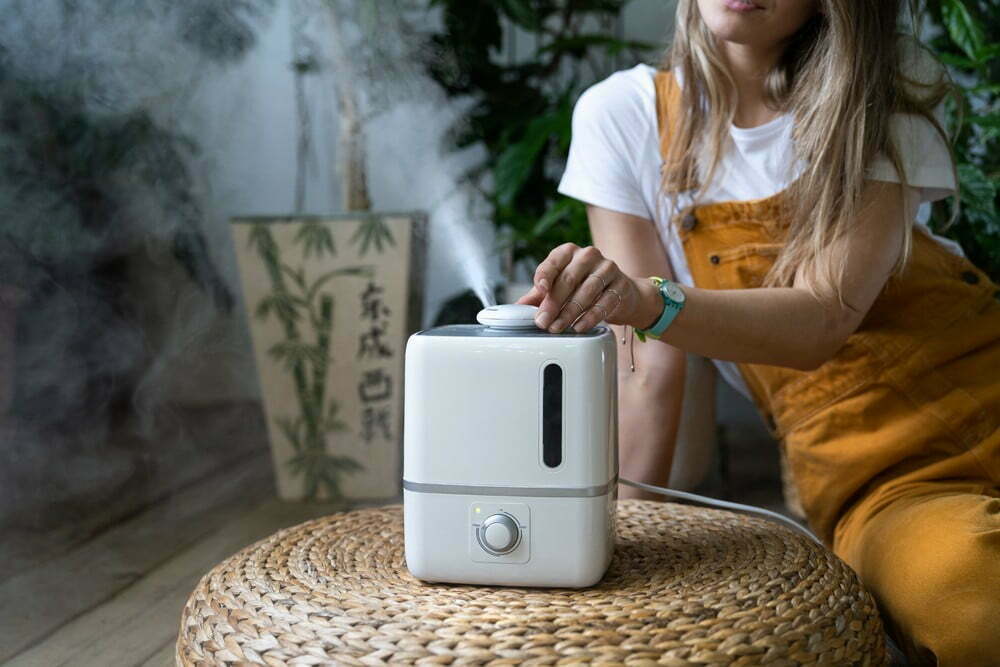
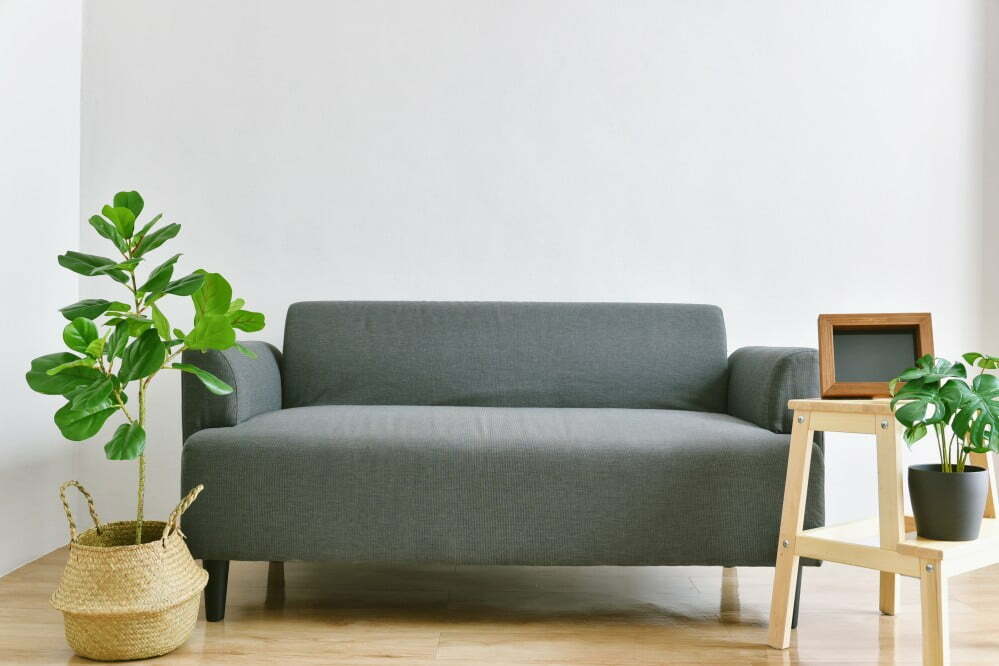

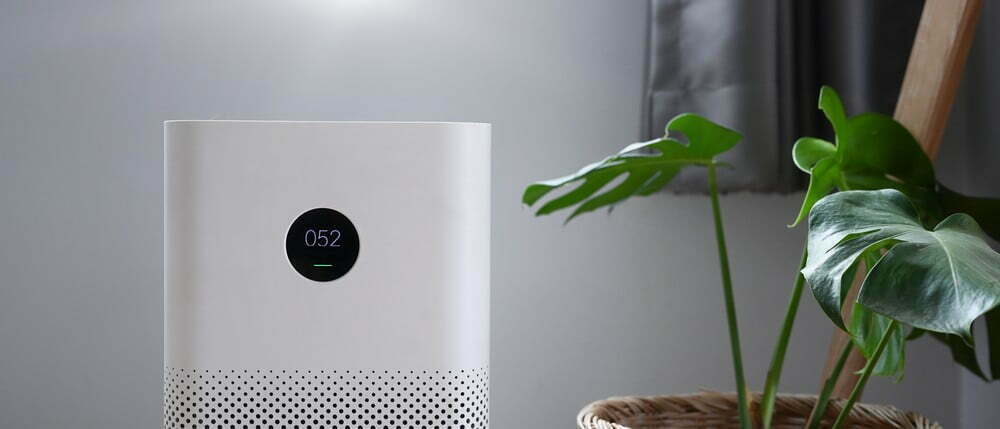
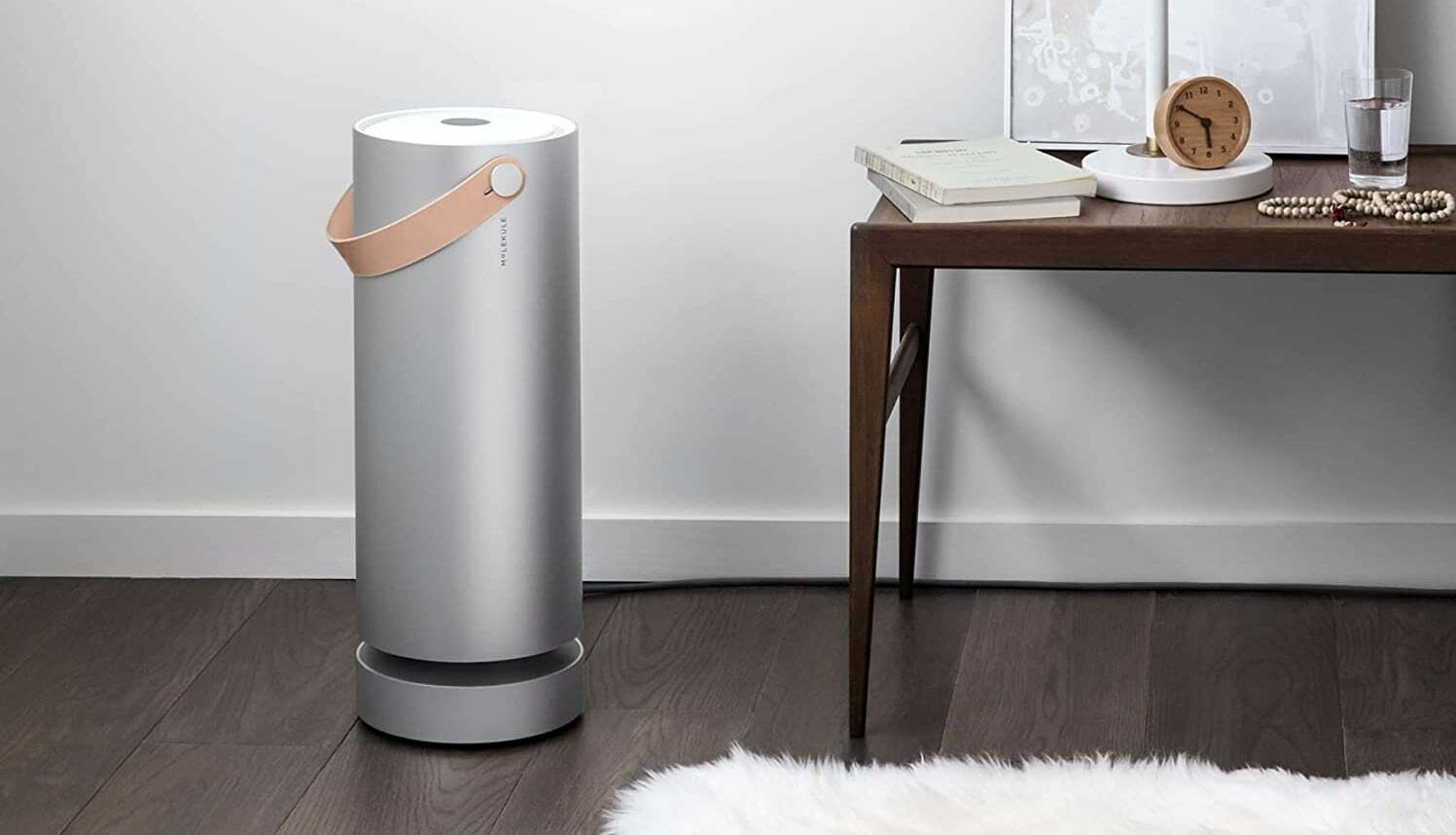
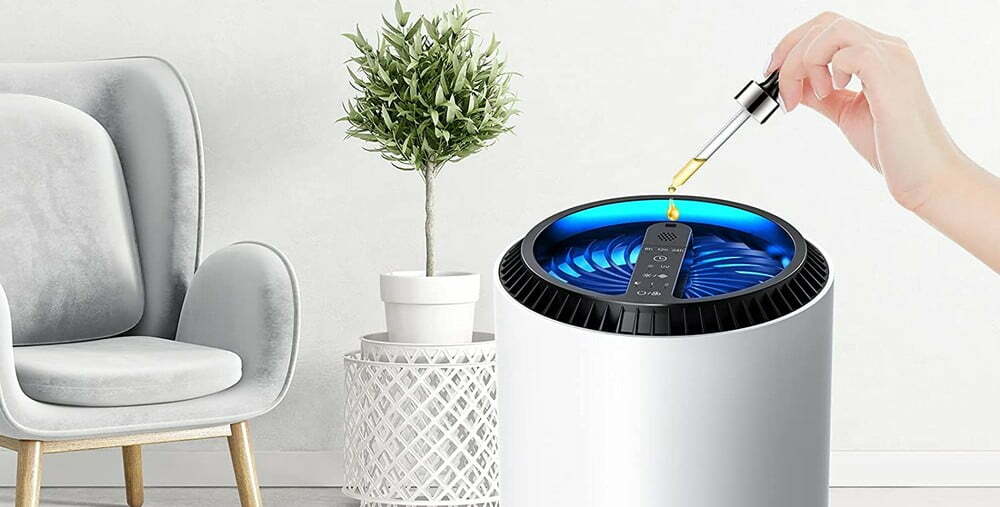
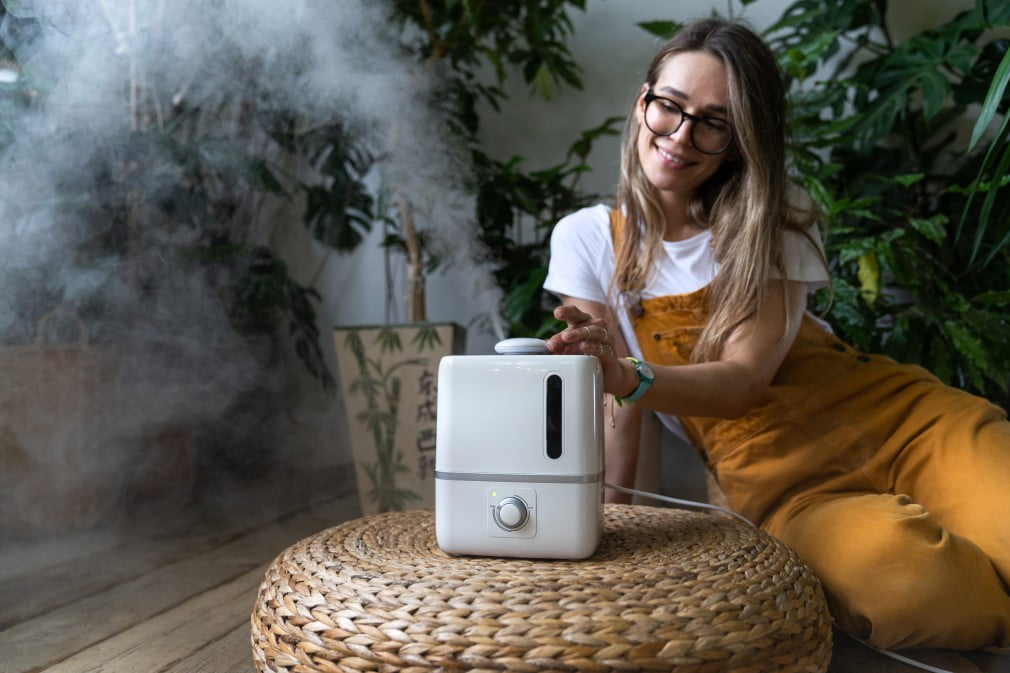
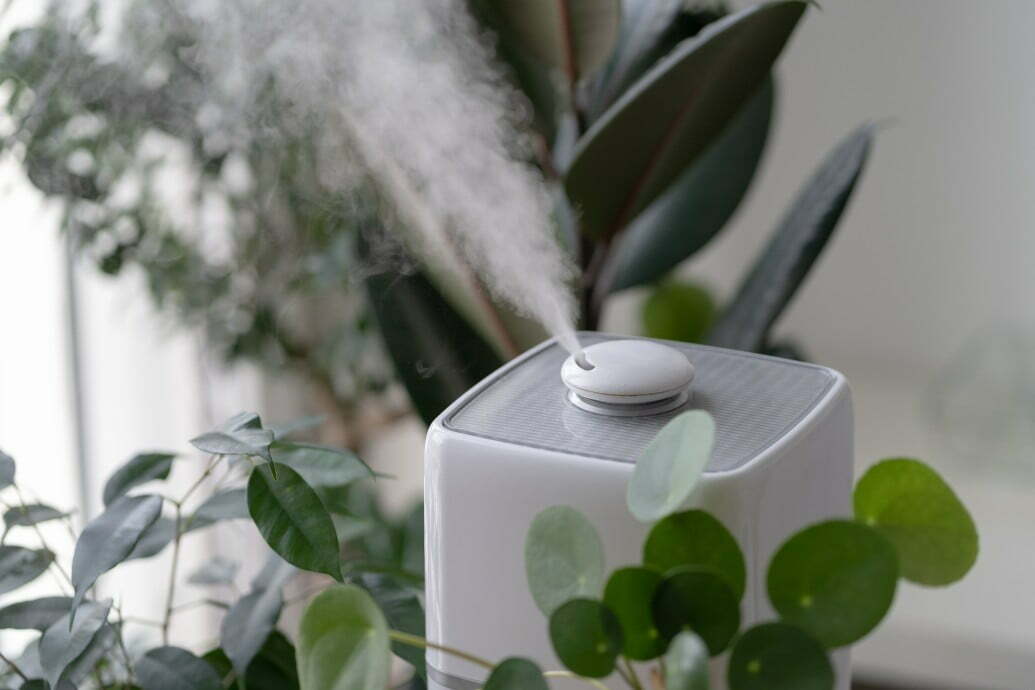
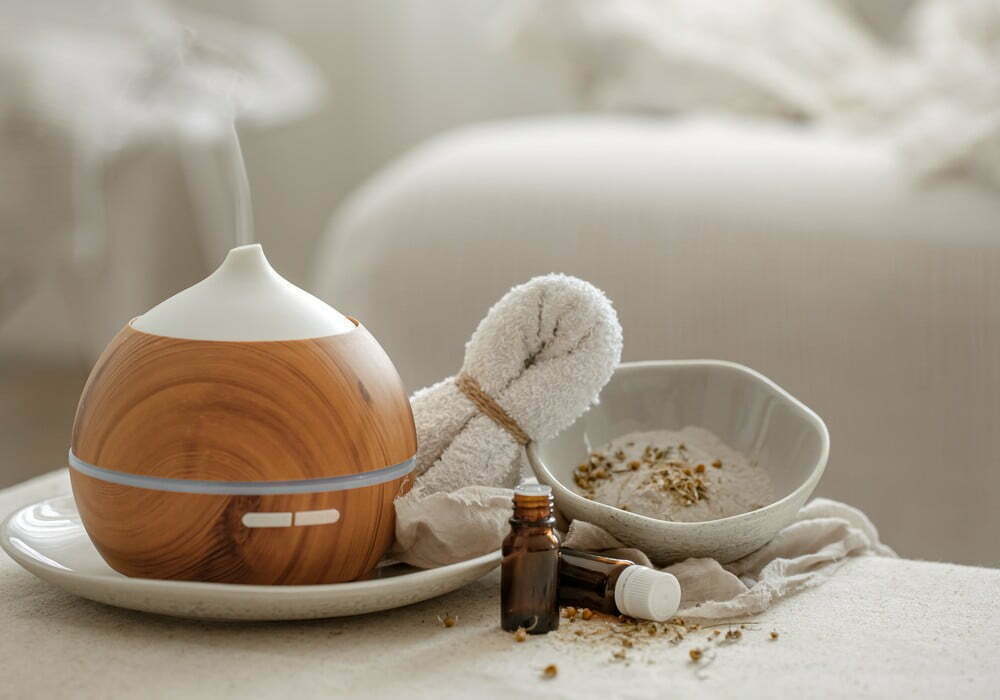
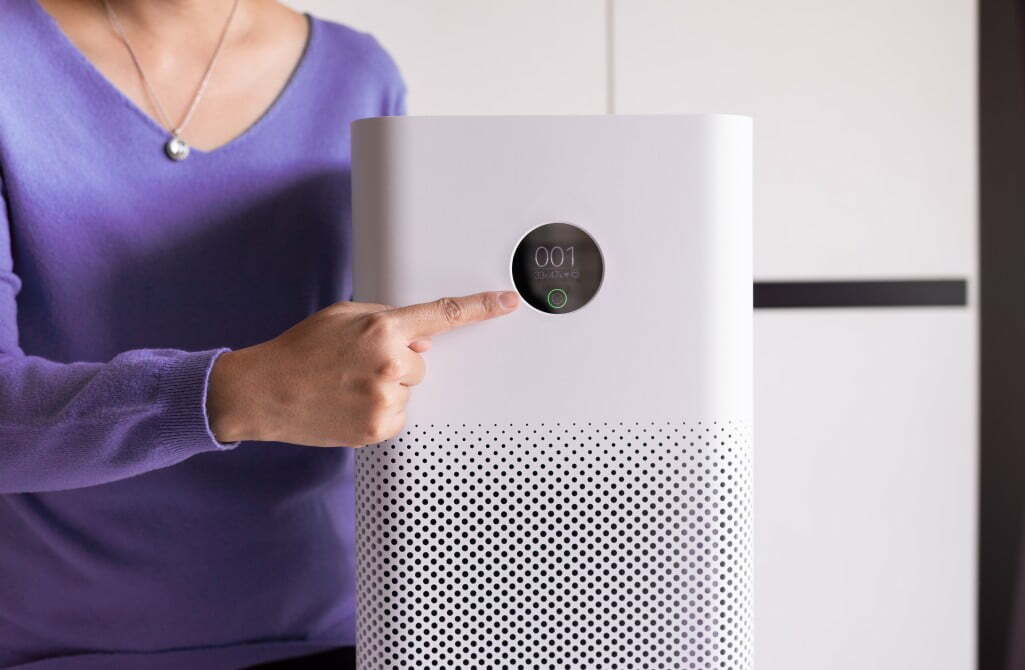
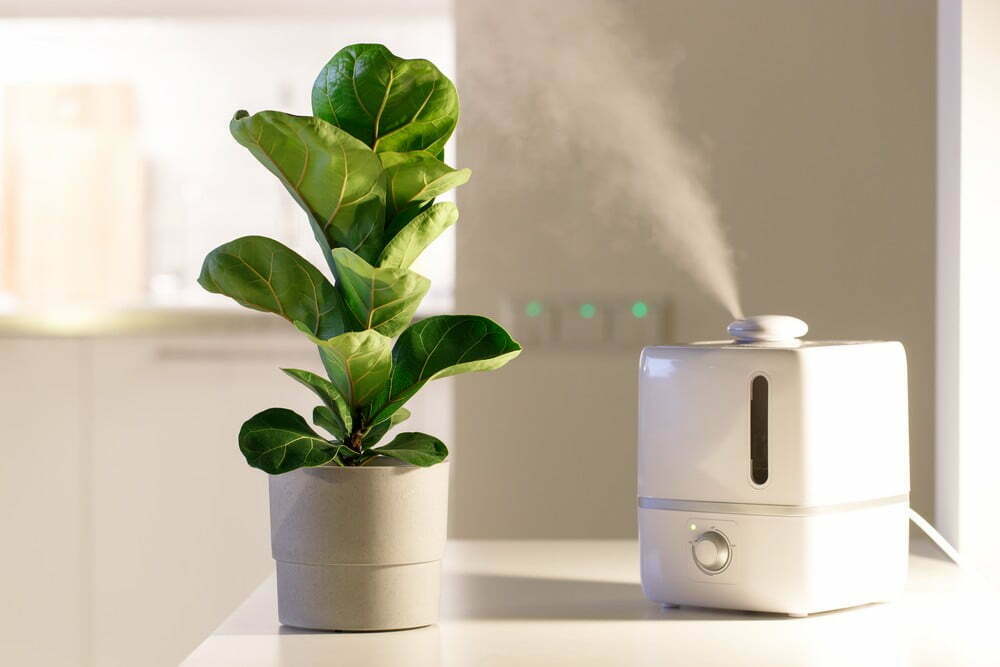

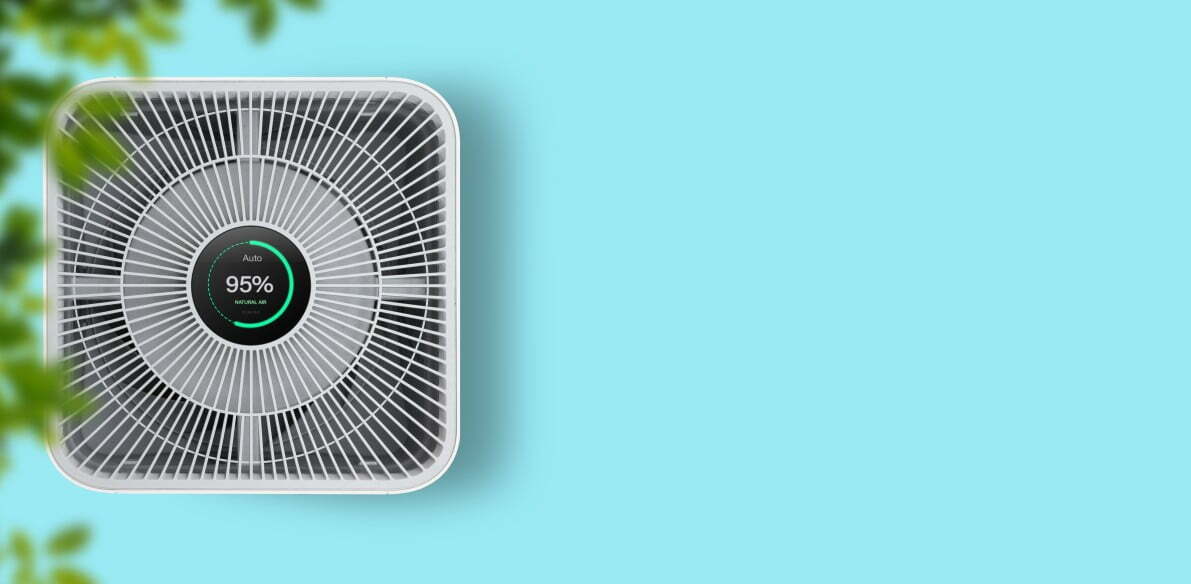
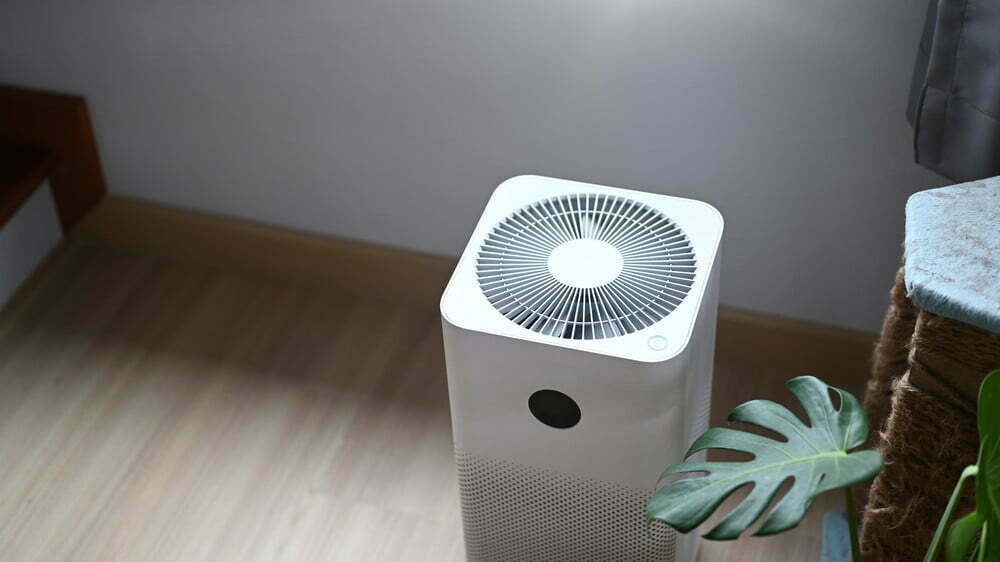
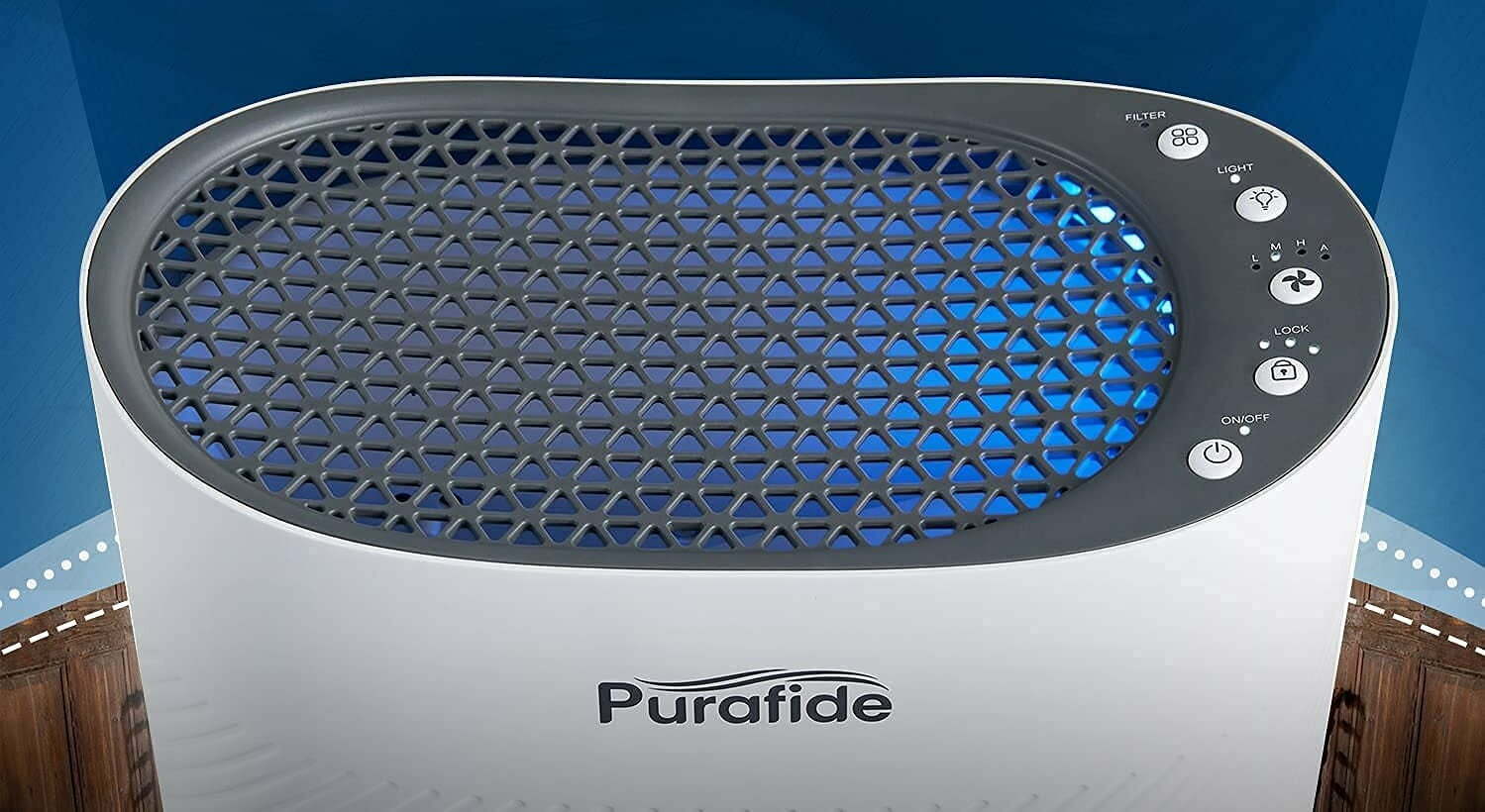
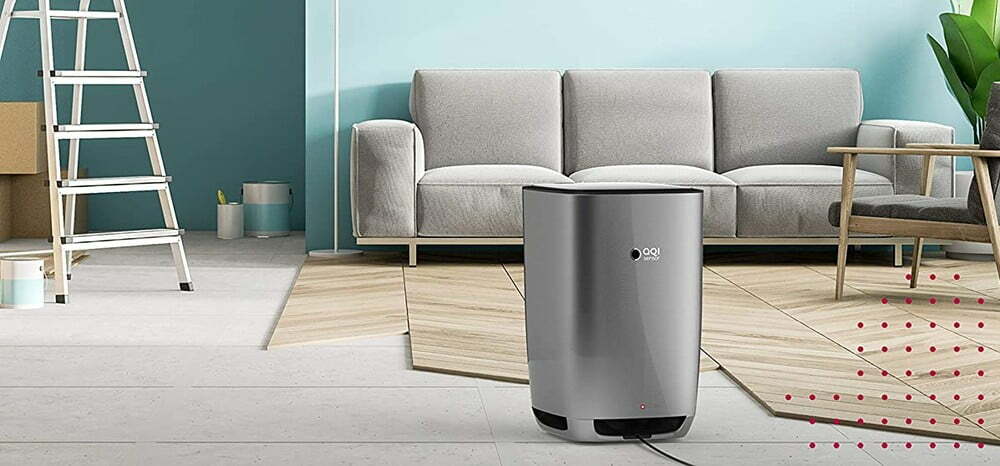
![Best Air Purifiers for VOCs and Formaldehyde in [year] 27 Best Air Purifiers for VOCs and Formaldehyde in 2025](https://www.gadgetreview.dev/wp-content/uploads/best-air-purifier-for-vocs-and-formaldehyde-image.jpg)
![Best Air Purifier in [year] ([month] Reviews) 28 Best Air Purifier in 2025 (December Reviews)](https://www.gadgetreview.dev/wp-content/uploads/Honeywell-True-HEPA-Allergen-Remover-HPA300-e1475603569442.jpg)
![Best Air Purifiers for Dust in [year] 29 Best Air Purifiers for Dust in 2025](https://www.gadgetreview.dev/wp-content/uploads/best-air-purifier-for-dust-image.jpg)
![Best Honeywell Air Purifiers in [year] 30 Best Honeywell Air Purifiers in 2025](https://www.gadgetreview.dev/wp-content/uploads/best-honeywell-air-purifier-image.jpg)
![Best Germicidal Air Purifiers in [year] 31 Best Germicidal Air Purifiers in 2025](https://www.gadgetreview.dev/wp-content/uploads/best-germicidal-air-purifier-image.jpg)
![Best Filterless Air Purifiers in [year] 32 Best Filterless Air Purifiers in 2025](https://www.gadgetreview.dev/wp-content/uploads/best-filterless-air-purifier-image.jpg)
![Best Levoit Air Purifiers in [year] 33 Best Levoit Air Purifiers in 2025](https://www.gadgetreview.dev/wp-content/uploads/best-levoit-air-purifier-image.jpg)
![Best Air Purifiers for Smoking Weed in [year] 34 Best Air Purifiers for Smoking Weed in 2025](https://www.gadgetreview.dev/wp-content/uploads/best-air-purifier-for-smoking-weed-image.jpg)
![Best Quiet Air Purifiers in [year] 35 Best Quiet Air Purifiers in 2025](https://www.gadgetreview.dev/wp-content/uploads/best-quiet-air-purifier-image.jpg)
![Best Desktop Air Purifiers in [year] 36 Best Desktop Air Purifiers in 2025](https://www.gadgetreview.dev/wp-content/uploads/best-desktop-air-purifier.jpg)
![Best Dyson Air Purifiers in [year] 37 Best Dyson Air Purifiers in 2025](https://www.gadgetreview.dev/wp-content/uploads/best-dyson-air-purifier.jpg)
![Best Air Purifiers for Dorm Room in [year] 38 Best Air Purifiers for Dorm Room in 2025](https://www.gadgetreview.dev/wp-content/uploads/air-purifier-for-dorm-room-1.jpg)
![Best Air Purifiers for Office in [year] 39 Best Air Purifiers for Office in 2025](https://www.gadgetreview.dev/wp-content/uploads/best-air-purifier-for-office.jpg)
![Best Air Purifiers for Basement in [year] 40 Best Air Purifiers for Basement in 2025](https://www.gadgetreview.dev/wp-content/uploads/best-air-purifier-for-basement.jpg)
![Best Air Purifiers For Odor in [year] 41 Best Air Purifiers For Odor in 2025](https://www.gadgetreview.dev/wp-content/uploads/best-air-purifier-odor.jpg)
![10 Best Personal Air Purifiers in [year] 42 10 Best Personal Air Purifiers in 2025](https://www.gadgetreview.dev/wp-content/uploads/best-personal-air-purifiers.jpg)
![10 Best Plug In Air Purifiers in [year] 43 10 Best Plug In Air Purifiers in 2025](https://www.gadgetreview.dev/wp-content/uploads/best-plug-in-air-purifier-image.jpg)
![10 Best Whole House Air Purifiers in [year] 44 10 Best Whole House Air Purifiers in 2025](https://www.gadgetreview.dev/wp-content/uploads/best-whole-house-air-purifier-image.jpg)
![10 Best Large Room Air Purifiers in [year] 45 10 Best Large Room Air Purifiers in 2025](https://www.gadgetreview.dev/wp-content/uploads/Coway-Airmega-200M-Large-Room-Air-Purifier-900x900-1.png)
![10 Best UV Air Purifiers in [year] 46 10 Best UV Air Purifiers in 2025](https://www.gadgetreview.dev/wp-content/uploads/best-uv-air-purifier.jpg)
